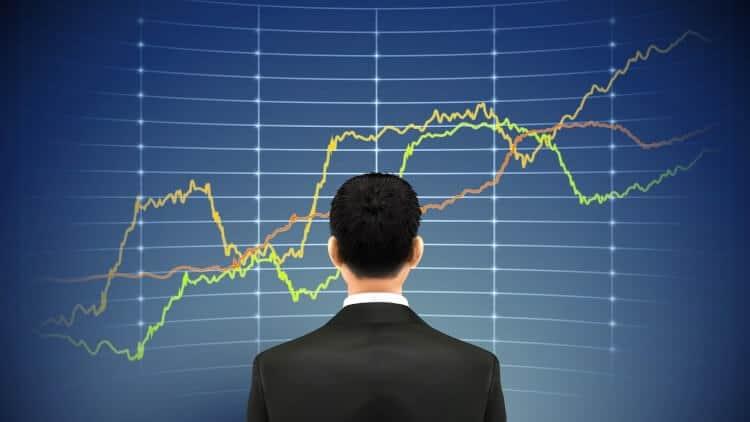Are you a newbie or an experienced trader seeking the best strategy to assist you to reach your objective? So you're in the proper spot. Let's look at a few pointers to aid you in making the initial moves. Regardless of your existing position, get your trading career off to a good start.
Best Time to Trade
Your trading schedule is entirely up to you. The market is open five days a week, 24 hours a day. You can trade currencies at any moment. Even better, you can trade cryptocurrencies on Saturdays and Sundays using products like binary options, CFD contracts, or outright purchases of cryptocurrencies. The trading sessions can be one factor that can assist you in determining whether it is better to trade in the morning or the evening. Volatility, trade volume, and fundamental variables make the most difference.
The world's major trading centers open at different times depending on the geographical zone in order to facilitate trade on a 24-hour/5-day cycle. When individuals in Europe sleep, it is obvious that demand for specific trading pairs, such as EUR/AUD, will be significantly lower (as opposed to Australia). The EUR/USD currency pair exhibits the similar pattern, with substantially lower volatility outside of the trading hours of the European and US trading centres.
Trading Sessions:
- London - 9:00–17:00
- New York - 14:00–22:00
- Sydney - 23:00–7:00
- Tokyo - 1:00–9:00
The ideal trading hours, for example, for EUR/USD are from 9 am to 10 pm. We advise using the Australian dollar between the hours of 2 p.m. and 7 a.m. The same advice holds true for other currencies. You should check out the NP Financials website, which displays the locations and times of trading sessions.
Average Time to Spend on Trading
How long should I spend trading? Individuals respond to this question differently. If you are a full-time employee, I advise you to dedicate one or two hours a day to trading. Don't undervalue how important it is to rest and unwind. Stressful activities include forex trading. You need to get adequate rest and relaxation to handle the psychological stress. Even the most ardent workaholics need a break, thus the fact that the Forex markets are closed on the weekends may be advantageous in this regard.
If you spend an hour or two a day trading, you need also be prepared for days when there are no trading signals, in which case all you will be doing is sitting in front of your computer and idly watching the screen. Your trading method will have some bearing on this, but even the strongest forex trading strategy cannot ensure that you will make several trades each day. Trading involves natural periods of inactivity.
Keep in mind that quality is more important than quantity. Don't give up if you go days without a trading order. Hardened full-time traders are aware that this occasionally occurs.It would be a grave error to place a trade that compromises your trading strategy out of impatience.That’s why, I recommend you to join professional forex trading coaching before you lose money.
Watching Your Trades
It has been covered extensively before how crucial it is to place the stop loss order, which is the price at which a lost trade will be immediately closed. Setting the take profit order has the same level of importance (the opposite to stop loss i.e. a price level at which a winning trade will automatically close). If you have already placed the two orders, you can turn off your computer with confidence that your trades are secure.
If I am too busy to monitor an open transaction continuously, I typically check by phone every hour or two to see how things are going (depending on the trading timeframe).
How to Eliminate the Risk
There are numerous guidelines and regulations that explain how to manage risks in relation to your trading account. The risk should not be greater than 2% each trade or 5% of your whole trading account, according to recommendations. To adhere to this rule, consult your trading plan, calculate the value of a pip, and select the appropriate volume of lots.
90% of forex trading success is based on discipline. Many traders lack patience and act on intuition rather than a trading technique, entering a trading signal too soon. Not having stop-loss orders is another common error.
Trading involves losses. You were predicting losses when you tested your knowledge of past data. Losses ebb and flow. It's not all that horrible, really. Always closely follow your trading strategy, adhere to the rule of never moving a stop loss, and as a beginner, refrain from putting more than 2% each trade and 5% of your trading account at risk. Though strict, these guidelines are effective.
